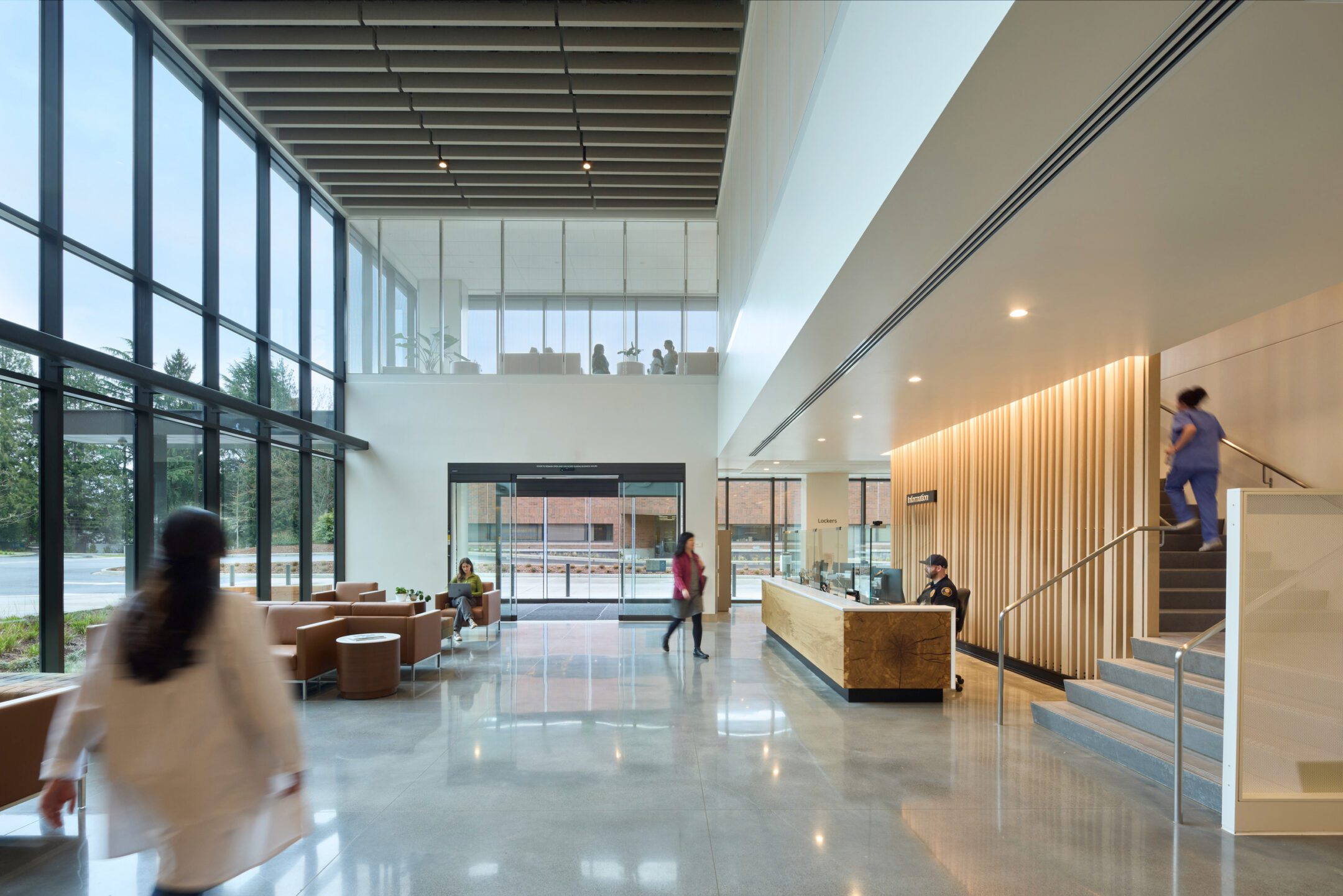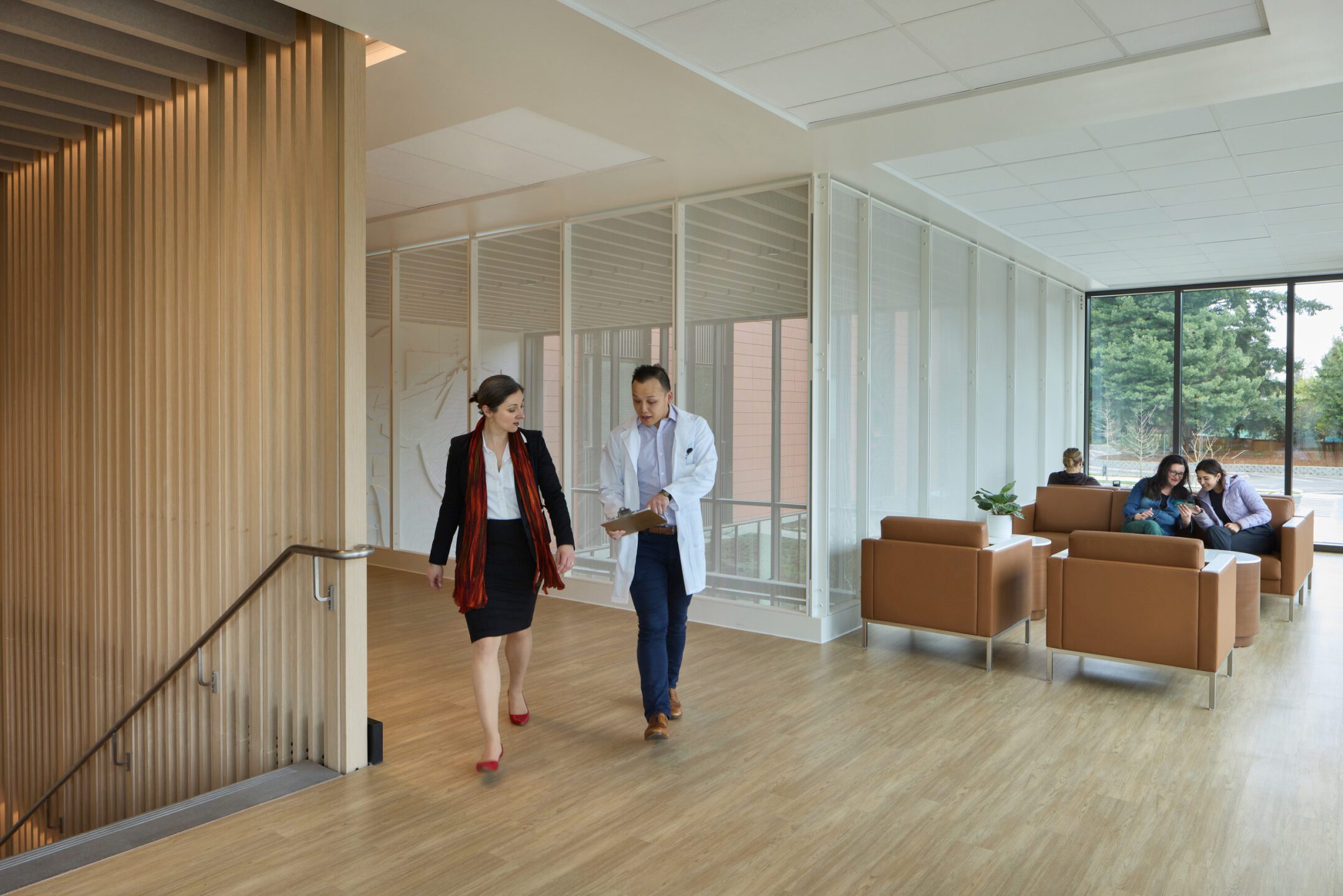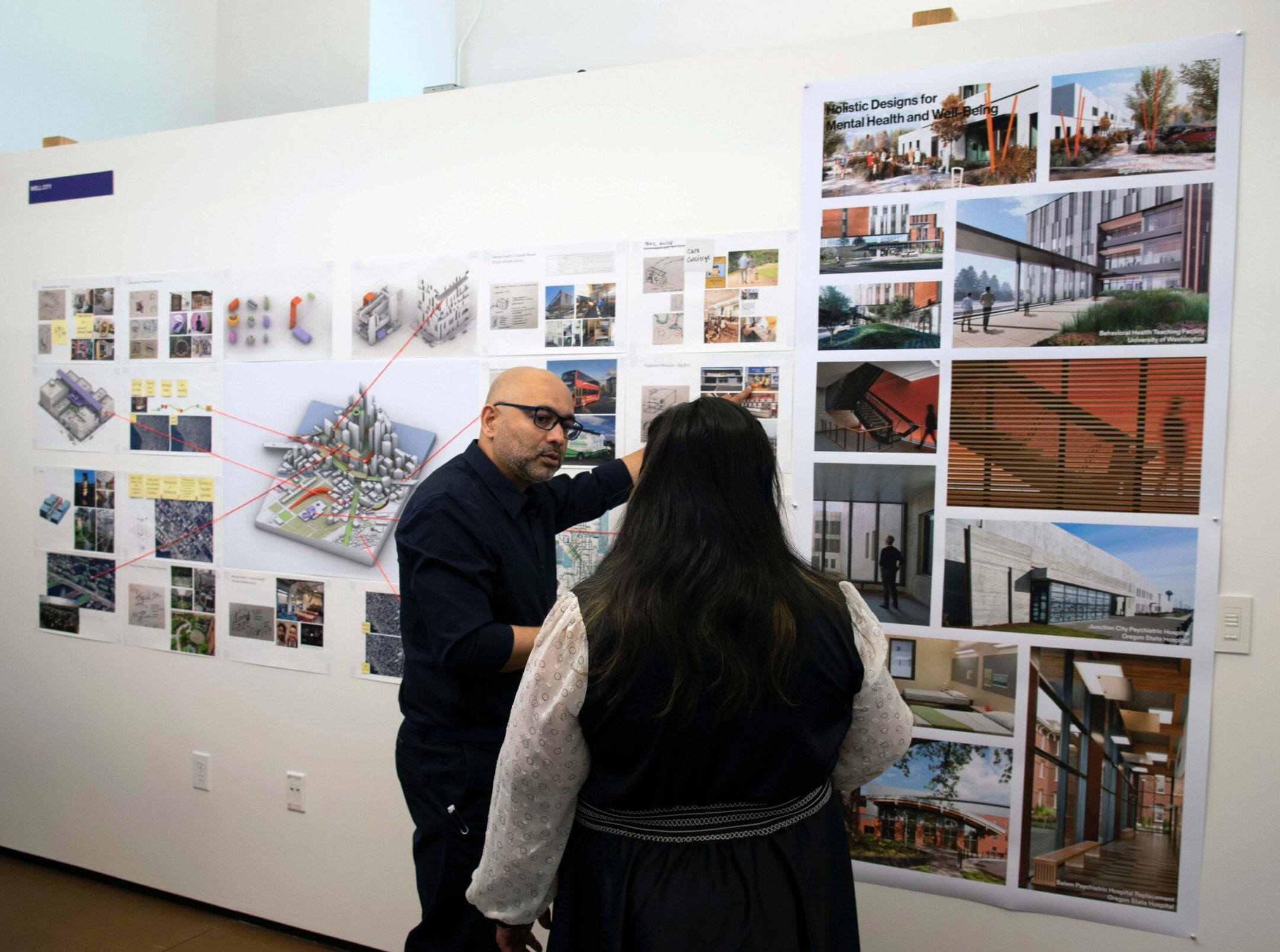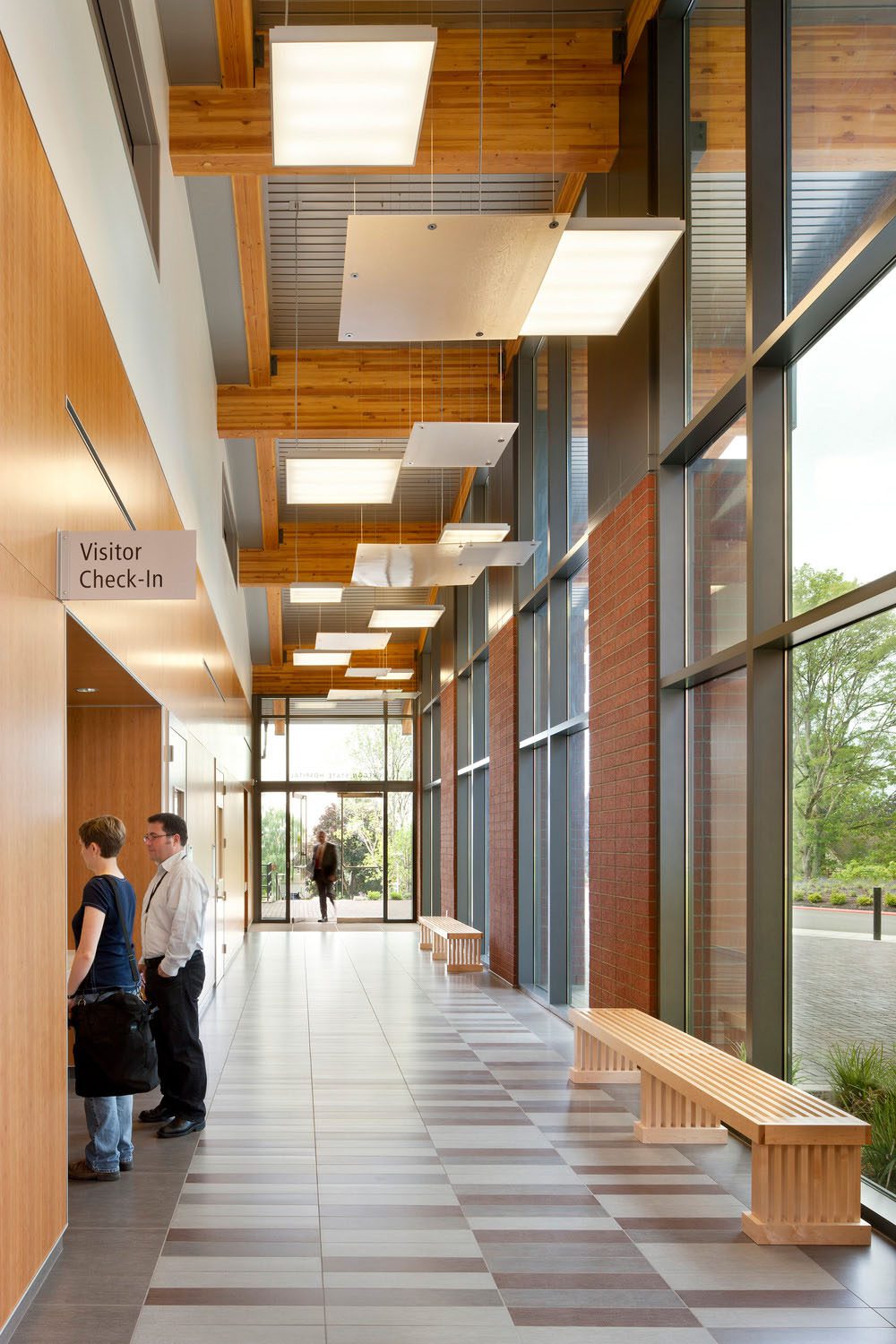

Transforming Behavioral Health
Healthcare is changing rapidly, perhaps most notably in the realm of behavioral health. Clinical breakthroughs have reshaped how providers treat and care for patients—and as innovators in healthcare design, we are dedicated to exploring how healthcare facility design supports a new paradigm of patient-centered care focused on treating the whole person.

Increasing Access to Excellent Care
Center for Behavioral Health and Learning
In support of the Washington State legislature’s unanimously-passed bill to improve access and resources to mental healthcare, the University of Washington’s Behavioral Health Teaching Facility was designed to provide an innovative model of care that addresses both physical and mental health as well as integral teaching and training space. The design establishes a replicable prototype of a behavioral health inpatient floor with open environments, flexible patient distribution, shared treatment spaces, and access to nature and daylight—not only serving the Behavioral Health Teaching Facility, but future behavioral health inpatient facilities to follow, helping to alleviate the current shortage and supporting the next generation of Washington’s caregivers.

Bridging the Gaps in our Mental Health System
Holistic Designs for Mental Health and Well‑being
Our collaborative and inclusive design process brings together outside-the box thinkers who lead with ideas. We recognize the importance of mental health in our communities and are committed to serving patients and practitioners with effective clinical models along a broad continuum of care. By challenging ourselves and our clients to identify and fill the gaps in our mental health system and embrace many perspectives, we can contribute to the overall health of our communities.

A New Era of Psychiatric Care
Salem Psychiatric Hospital Replacement
Prior to its replacement, the Salem Psychiatric Hospital was the one of the oldest continuously operating mental health treatment centers, having opened its doors in 1883. The institutional look and feel of the aging facility (which served as the film location for One Flew Over the Cuckoo’s Nest) was transformed into a state-of-the-art health and treatment campus that increased access to care with the capacity to serve up to 554 patients at a time; connected their patients to nature with 22 outdoor courtyards; and improved the stigma of mental health and its care facilities in the State of Oregon.